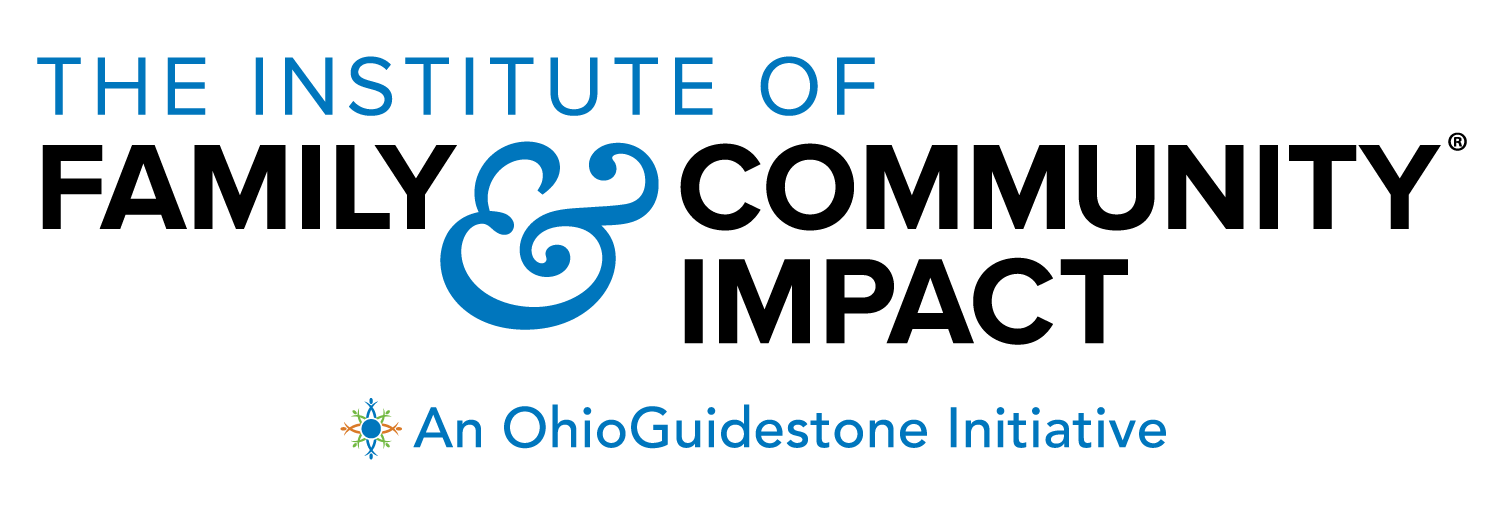
Building Healthy Family Dynamics: Exploring the 4 S’s: Social Support, Stress & Strain
Table of Contents
Today we discuss healthy family dynamics and how they impact each and every one of us. But first, we must establish what family means to you!
So, What Does Family Mean to You?
When you hear or read the word “family,” what comes to your mind? Is it a feeling that resonates with you, or an emotion that bubbles up inside? Does a specific memory come to the surface, a memory that feels so real it’s like you hit rewind in your brain. Maybe you remember the lemonade stand you once made with your grandma that you begged to make even though she lives on a secluded road with no neighbors to purchase your delicious treat, or the purple bike you spent all day every day riding in the summer.
Even as you read this, the word family might’ve evoked memories of laughter echoing through the halls of your childhood home, or the warmth of a comforting hug from a loved one after a long day, or maybe even the smell of your favorite childhood place to be.

Family holds all of the shared traditions, the inside jokes (often accompanied by uncontrollable laughter), or the collective experiences that continue to shape who you are today.
At IFCI, we recognize family also extends beyond blood relations, sometimes family comes in the form of embracing close friends and kindred spirits who have become an integral part of our lives. No matter the form your family takes, family often embodies a sense of belonging, connection, and unconditional acceptance. Every family is special and unique, varying in shape, size, needs, experiences, and circumstances. Studies consistently show that the quality of family bonds outweighs their structure and size. Regardless of who a family is made of, a family can nurture loving, positive, and joyful connections that enhance well-being and mental health throughout life.
First, What Are Healthy Family Dynamics?
Family dynamics involve the interactions, roles, and relationships among family members and can be influenced by a lot of different individual, social, and structural factors. Since we oftentimes depend on our families for things like emotional, physical and financial support- these relationships are central to the way we move through our lives. During our formative years, our family dynamics and home environments play two of the most critical roles in our overall development.

Healthy family dynamics help children and young people feel secure and loved, which not only impacts their brain development, but also impacts their sense of self and their ability to find their own skills and place in this world. In healthy family dynamics, effective communication, empathy, and mutuality are key to creating and maintaining a safe family environment.
All families experience stress and strain, so please remember while reading this article that it is impossible to be a perfect family. Healthy family dynamics are not synonymous with perfection. Instead, healthy family dynamics mean that positive interactions in the family outnumber the difficult or negative times. Conflict will always exist as it’s a normal part of our individual and family lives. In healthy family dynamics, all conflicts are always dealt with in a safe and respectful way. You may be asking… Okay, so what do healthy family dynamics look like?
In healthy family relationships, you can trust and rely on each other for love, support, warmth, affection, guidance, and more wonderful things! Families with healthy family dynamics often share common goals and work together to reach these goals despite the difficulties and stressors surrounding them. Healthy family dynamics are dependent on safety. All family members should not only feel connected to one another, they should feel safe around and with one another.
Addressing Macro-Level, Systemic Impacts on Healthy Family Dynamics

Power and macro-level systemic relations affect every aspect of our society, including family dynamics. Massive structural barriers place minoritized families at a significant disadvantage, impacting them both internally and externally. It’s crucial for us to acknowledge the systemic injustices that affect families, as family science within and beyond the field of Psychology evolves. For instance, racism impacts individuals across the life course, and the harmful effects should not be ignored in family research as the health of our children, families, and communities continues to be negatively impacted.
Allen & Henderson (2022) explore the growing recognition of intergenerational incarceration and criminalization that impacts Black and Brown communities, and the trauma and resilience of transgender and queer children and adolescents as important aspects for us to consider when analyzing our family structures and dynamics. Individualizing family dynamics that appear dysfunctional in minoritized communities is harmful when racism, poverty, and stigmatization at the macro-level are true barriers (among others) to family flourishing and thriving for a lot of families. Understanding these experiences among many other experiences of minoritized communities can lead to more effective support systems and policies for families.
Addressing the unique challenges faced by communities impacted by macro-level barriers requires a multifaceted approach, incorporating mental health support, education, and advocacy for policy and systems level changes instead of relying on and calling for individual families to make changes that may be currently blocked by systematic level barriers.
The 4 S’s That Influence Healthy Family Dynamics
At the Institute, we acknowledge the effects of stress and strain on individuals, families, and communities. Today, however, we identify and focus on the “four S’s” as we understand that although stress and strain can have adverse effects, social support plays a positive role in our families and communities. The four S’s we discuss today are Social Support, Stress, and Strain.
Stressors and social support are both core components in the stress process theory (Pearlin, Lieberman, Menaghan, Mullan, 1981). According to this sociological theory, stress has a negative impact on our mental health, whereas social support can step in and act as a protective factor. This theory proposes that both the positive and negative elements of our relationships can significantly influence our well-being.
Social support and strain can impact the quality of our family relationships. For example, providing love, care, and guidance to loved ones is considered social support. Strain in family relationships, however, may look like excessive criticism, arguments, and demands. The quality of our family relationships influence our well-being through psychosocial, behavioral, and physiological pathways, whether it be positively through social support or negatively through stress and strain.
Social Support & Well-Being

Do you remember earlier when we asked you identify what came to your mind when you thought about “family?” Well now, think about what comes to mind when you hear the words social support. Who came to your mind? Our social support systems uplift us in times of joy, sorrow, and pain- always a phone call away (or maybe even a knock on the door)!
Social support can oftentimes be understood as our powerful web of connections that affirms we are not alone, fostering our resilience and enhancing our well-being. The truth is, we all need social support. Whether it be family, friends, professional counselors or healthcare workers, or someone in-between, having someone to lean on when stress, strain and societal pressures are impacting you can make a world of difference.
In family research, you will often come across researchers who use a life course perspective to emphasize the significance of interdependence in relationships throughout our lives. Our family members are connected to us in significant ways during each phase of our lives, remaining a constant source of social support and connection. Positive relationships like those exhibited in healthy family dynamics are associated with lower allostatic load (the “wear and tear” on the body accumulating from stress.)
Support within a healthy family dynamic involves nurturing individuals of all ages to cultivate independence, confidence, and trust. It is essential in family social support to allow room for mistakes, viewing them as opportunities to provide guidance and support for personal growth in a safe environment. Participating in bonding activities like family dinners, game nights, or walks together can enhance family connections, reduce tension, and alleviate stress.
So why does social support even matter in our families? Family members might experience an increase in self-esteem and self-worth when they receive sufficient social support. These benefits can contribute to enhancing mental well-being and fostering positivity for individuals who have access to such support. Additionally, family members have the ability to impact each other’s behaviors, provide advice, encourage healthier decisions, and promote use of healthcare services for family members experiencing mental or physical health issues.
Mutuality or a shared feeling of cohesion, safety and warmth are key to healthy family dynamics and social support.
Stress, Strain & Well-Being
At IFCI, we know stress negatively impacts our health and well-being. But, were you aware that strains within family relationships can be a particularly impactful form of stress or that they had the ability to impact our mental and physical health? Conflicts between family members results in a type of stress that can impact every corner of our lives. This kind of long-term stress can lead to mental and physical health issues such as anxiety or a weakened immune response.

Stress in our relationships has the potential to lead to health-compromising behaviors as coping mechanisms to deal with stress. Strained relationships and the stress that accompanies them may result in physiological processes that impair our immune function, affect the cardiovascular system, and increase our risk of mental health disorders like anxiety and depression (and these are just a few examples)!
However, as we have discussed throughout this article, it’s important to remember that respectfully addressing and resolving family conflicts in a safe and nurturing environment can greatly enhance our quality of life! Open communication, empathy, and seeking professional help when needed are essential steps in mending strained or high-stress relationships to ensure any negative effects on individuals and families are mitigated. Working to understand each other’s perspectives and always looking for a common ground can help families transform strain, stress and conflict into opportunities for growth and connection.
We do a lot to address, prevent, and spread knowledge about adverse childhood experiences (ACEs). Research has proven that increased ACE exposure results in an increased risk to develop mental health and substance use disorders. What does this mean? We have to continue recognizing and advocating the importance of early interventions and social support systems to mitigate these risks and the negative impacts of toxic stress and trauma in our children and communities.
Family Protective Factors, Family Risk Factors & Healthy Family Dynamics
We understand the importance of considering protective factors alongside risk factors. Families develop and possess protective factors that can provide a shield against risk factors and also promote strong social support within family relationships. These protective factors play a role in lowering the chances of individuals encountering mental health challenges and have been linked to positive results for children and youth throughout their lives. Below is a brief table to examine some family risk factors and protective factors. This is not an exhaustive list, and is just meant to provide quick examples to our readers to understand and compare risk factors and protective factors.
| Family Risk Factors | Family Protective Factors |
|---|---|
| Family conflict | Concrete Supports |
| Parental substance use | Family structure (predictability, rules, limits) |
| Families with low income | Clear rules and expectations |
| Parental depression | Resiliency |
| Parental mental illness | Knowledge of Parenting |
| Sexual, mental or emotional abuse | Nurturing and Attachment |
| Excessive hostility or criticism in family | Strong social support networks and positive relationships. |
| Families experiencing high levels of economic or parenting stress | Safe, stable, and nurturing relationships and environments. |
| Families who are experiencing isolation from community (other family, friends, neighbors) | Fun, positive, and joyful family activity engagement. |
Why Are Healthy Family Dynamics Important?
As we explored in our section on the “four S’s,” social support is adamant to our thriving in this society. Family relationships are found to be both enduring and consequential to our well-being across the life course.
The need for healthy family dynamics research becomes increasingly important when we stop to think about the rapidly expanding aging population within the U.S. We need to understand the influence health and well-being across the lifespan to better serve everyone in our society. You might be wondering how, what, and why this has to do with you or this article. Well, at IFCI we believe in fostering intergenerational thriving and resiliency. As we age, our family connections – and our need for them – tend to grow in importance, especially with the increasing need for caregiving and the reduced availability of social ties in domains like the workplace for older adults.
As we grow older, our family dynamics tend to become more intricate. This complexity can stem from varying relationships with children, complicated or diverse marital backgrounds, responsibilities for caregiving, and other factors.
Children and young people who have healthy family dynamics to refer to from their own youth and childhood experiences learn healthy relationship skills and thus are much more likely to experience positive peer relationships in confidence.

Family Structure & Healthy Family Dynamics
Did you know the diversity of our family relationships (or our family structure) can impact our well-being? For example, being happily married has been long associated with better mental and physical health, whereas being unhappily married is associated with higher stress and strain. Intergenerational relationships have also long been central to the well-being of all generations involved. With parents, grandparents, and children often providing care for one another at different points in each other’s life course, these connections can contribute to social support, stress, strain, and social control mechanisms that all impact aspects of our health.
In their comprehensive decade long-review, Umberson & Thomeer (2020) use a life course perspective to highlight the notable progress we have made in studying the effects of family structure and transitions (example: marriage) and family dynamics and quality (e.g., emotional support from family members) on health throughout life. The review revealed remarkable findings and advancements that underscore the influence of various family connections on us as individuals. They identified significant links between childhood family experiences and health in later years, as well as research demonstrating how family members affect and influence each other’s health, among other findings.
What Can We Do to Address the Importance of Healthy Family Dynamics?
In our society, there is an imminent need for more focused research that evaluates policies and institutions impacting families and their well-being from childhood through adulthood. An anti-racist, intersectional and critical approach to theorizing family dynamics and research is necessary to positively impact families through policy changes and education. This future research should seek to gain a better understanding of the complexities of family relationships, with special attention given to diverse family structures and the unique intersections of social statuses and macro-level influences on familial connections.
We also recognize the need to always implement family-centered practices in our work as behavioral healthcare providers. Effectively addressing and assessing our client’s family dynamics and its role in health and disease requires an inter-professional team of health professionals including medical staff like nurses and physicians, social workers, and therapists. Why is this important? Collaboration among an inter-professional team advances family-centered care practices and provides clients and families with necessary resources to develop and maintain healthy family dynamics.
OhioGuidestone’s Family-Centered Behavioral Healthcare Practices
Therapists can support families in various ways to promote healthy family dynamics, such as providing family therapy, psychotherapy, and interpersonal therapy sessions to tackle interpersonal issues and enhance family connections. As the research we have shared today continuously demonstrated, family dynamics and the quality of family relationships significantly contribute to our health as individuals. This is why at OhioGuidestone, we understand the importance of assessing family dynamics and addressing relationship stress, strain, and patterns in behavioral healthcare settings to promote the health and well-being of our clients. Looking for family support? Visit https://ohioguidestone.org/services/family-mental-health-services/ to get started with us today.
Healthy Family Dynamics Research Source List:
Allen, K. R., & Henderson, A. C. (2022). Family theorizing for social justice: A critical praxis. Journal of Family Theory & Review, 14(3), 364–383. https://doi.org/10.1111/jftr.12450
Collins, P. H. (2019). Intersectionality as critical Social Theory. https://doi.org/10.2307/j.ctv11hpkdj
Dandash, O., Cherbuin, N., Schwartz, O., Allen, N. B., & Whittle, S. (2021). The long-term associations between parental behaviors, cognitive function and brain activation in adolescence. Scientific Reports, 11(1). https://doi.org/10.1038/s41598-021-90474-2
Friends NRC. (2024, January 22). Protective factors – Friends NRC. https://friendsnrc.org/prevention/protective-factors/
Guidi, J., Lucente, M., Sonino, N., & Fava, G. A. (2020). Allostatic Load and its Impact on health: A systematic review. Psychotherapy and Psychosomatics, 90(1), 11–27. https://doi.org/10.1159/000510696
Healthy families – be you. (n.d.). https://beyou.edu.au/fact-sheets/relationships/healthy-families
Jabbari, B., Schoo, C., & Rouster, A. S. (2023, September 16). Family dynamics. StatPearls – NCBI Bookshelf. https://www.ncbi.nlm.nih.gov/books/NBK560487/
Pearlin, L. I. (1989). The Sociological Study of Stress. Journal of Health and Social Behavior, 30(3), 241–256. https://doi.org/10.2307/2136956
Preventing adverse childhood experiences. (2021, August 23). Centers for Disease Control and Prevention. https://www.cdc.gov/vitalsigns/aces/index.html#:~:text=ACEs%20can%20include%20violence%2C%20abuse,and%20substance%20misuse%20in%20adulthood.
Risk and protective factors. (2024, April 8). Adverse Childhood Experiences (ACEs). https://www.cdc.gov/aces/risk-factors/index.html
Risk and Protective Factors for Youth | Youth.gov. (n.d.). https://youth.gov/youth-topics/youth-mental-health/risk-and-protective-factors-youth
Shrout, M. R. (2021). The health consequences of stress in couples: A review and new integrated Dyadic Biobehavioral Stress Model. Brain, Behavior, & Immunity. Health, 16, 100328. https://doi.org/10.1016/j.bbih.2021.100328
The Life Course Theory | Florida Department of Health. (n.d.). https://www.floridahealth.gov/programs-and-services/womens-health/florida-life-course-indicator-report/life-course-theory-1.html#:~:text=The%20Life%20Course%20Theory%20suggests,the%20health%20of%20our%20community.
Thomas, P. A., Liu, H., & Umberson, D. (2017). Family Relationships and Well-Being. Innovation in Aging, 1(3). https://doi.org/10.1093/geroni/igx025
Umberson, D., & Thomeer, M. B. (2020). Family Matters: Research on Family Ties and Health, 2010 to 2020. Journal of Marriage and the Family/Journal of Marriage and Family, 82(1), 404–419. https://doi.org/10.1111/jomf.12640
Zarit, S. H., & Whitlatch, C. J. (2023). Caregiving: stressors, challenges, and treatment. In Elsevier eBooks (pp. 330–338). https://doi.org/10.1016/b978-0-323-91497-0.00037-0

Payten Kleinhenz
Payten Kleinhenz B.S., CDCA is a Behavioral Health Specialist IV at OhioGuidestone. As a former Research Analyst at the Institute of Family and Community Impact, she helped lead applied clinical science & research communications. She authored department written content such as newsletters and reports, social media posts, and articles by prioritizing evidence-based, research-backed writing and reader accessibility. She also managed research data through data collection, entry and storage. Payten graduated with a B.S. in Sociology from Western Carolina University in May 2022. Her sociological background drives her passion for dismantling systemic and structural barriers. Payten’s primary research and professional areas of interests include substance use disorders, and family/social ties in the context of power relations and structures.


